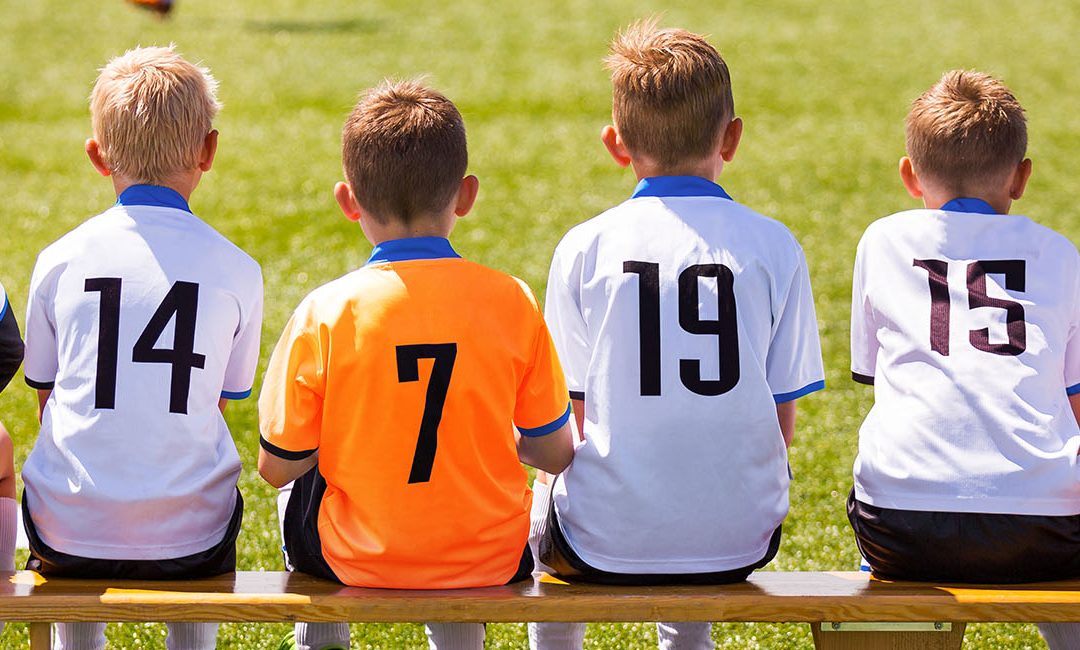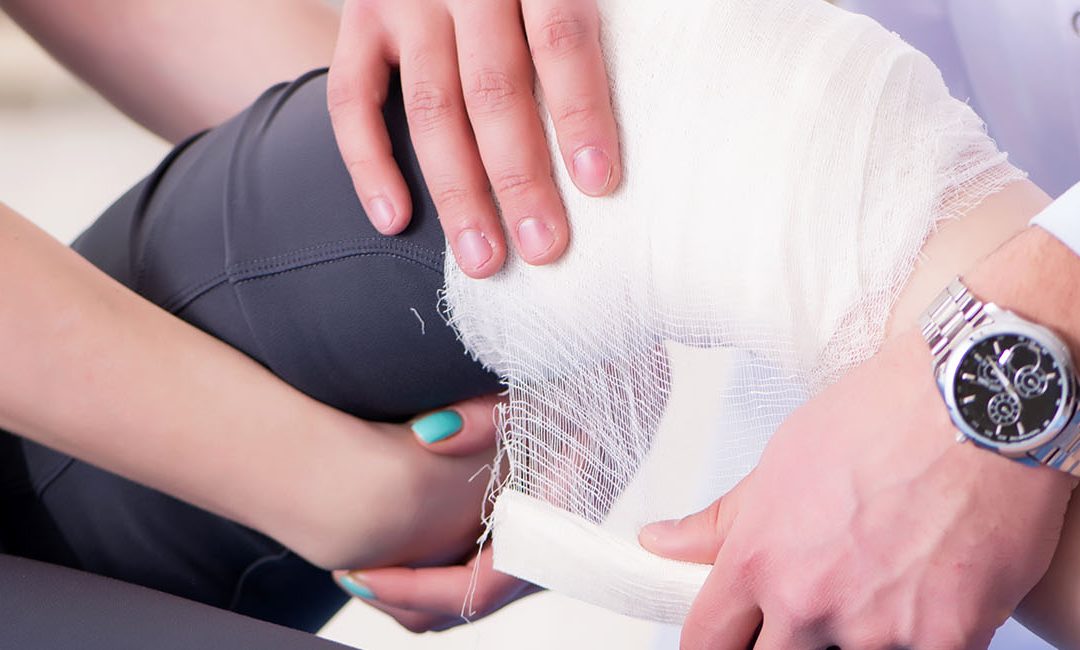Welcome To Our Blog

Orthopedic Treatment For Knee Osteonecrosis
Death of a bone due to loss of blood supply is referred to as Osteonecrosis. The condition mostly affects the hip joint although the knees may also get damaged. It is one of the most common causes of knee pain in women above the age of 60 years. The knee joint gets its blood supply from the two main arteries: femoral artery and the popliteal artery. During Osteonecrosis, the blood supply to the lateral femoral condoyle or the medial femoral condoyle, two main bones of the thigh, may get disrupted. The top of the tibia or the lower leg bone may also be damaged. The bones thrive...

Overlapping Toes: Causes, Symptoms And Treatment
Overlapping Toes refers to a foot deformity that occurs when one of the toes overrides the adjacent toe. The condition commonly affects the fifth and the second toe. Overlapping is generally detected at the time of birth or during early infancy. As the person ages, the deformity tends to become more rigid. Overlapping Toes may occur at any time in life and is more common in women than men. Causes Genetic traits passed on from the parents to the child Congenital – it is believed that the position of the fetus in the womb is such in some cases that the foot gets cramped...

Growth Plate Fractures
The growth plate is a mass of cartilage tissue that is found around the edges of the long bones such as the femur, ulna, and the radius. Each of these bones has at least two growth plates at their ends and the bone development occurs around these plates. The growth plate tends to harden or ossify at the end of the growth cycle of the child once the bones have attained their full length. These are weak soft tissue structures that can break with slight external pressure or overuse. It is estimated that about 30% of the fractures reported during childhood or in young adults,...

Orthopedic Treatment For Baker’s Cyst
A fluid-filled cyst or small sac that forms behind the knee joint is referred to as the Baker’s Cyst. It is also named as Popliteal Cyst. This condition occurs when the joint functioning is hampered due to an internal cause such as damage to the soft tissue structures, Arthritis etc. Such conditions provoke excessive synovial fluid development within the joint which tends to get stored in a soft tissue sac resulting in the formation of a cyst. In normal conditions, the synovial fluid helps to reduce friction between the constituent bones and makes it feasible for us to flex,...

Congenital Vertical Talus
Vertical Talus is a foot deformity that occurs at the time of birth. It is a rare condition that affects the talus, a small bone that is placed between the lower leg bones (fibula and tibia) and the calcaneus (heel bone) to form the ankle joint. This bone acts an important node between the foot and the leg that enables transfer of body weight on to the foot while walking and other physical activities. Congenital Vertical Talus disrupts the formation of the talus bone which in turn displaces the other two bones of the lower leg that then shift on top of the talus. Either one or...

